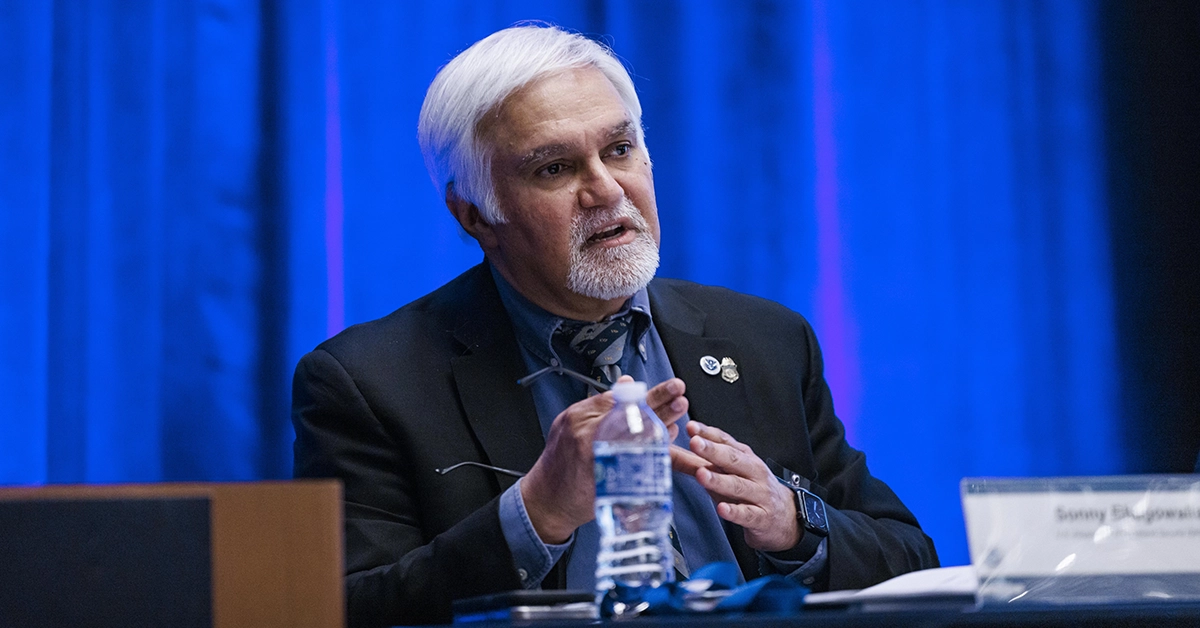Since the 1990s, American semiconductor chip manufacturing has declined while U.S. reliance on foreign manufacturers has increased, posing significant risk to national and economic security. The CHIPS and Science Act of 2022, signed into law in August, is changing that narrative, and domestic chip manufacturers like Intel are turning the new legislation into action.
To discuss the current state of global microelectronics, the adversarial threats we’re facing and how the CHIPS Act is making historic and much-needed investments in American chip manufacturing, Executive Mosaic spoke with Jim Brinker, president and general manager of Intel Federal and three-time Wash100 Award winner, in a recent video interview.
“If you go back to 1990, 80 percent of all chips were manufactured in the U.S. Today, 80 percent of all chips are manufactured in Asia — we only manufacture 12 percent of chips, and Europe is only eight percent. That has to change,” said Brinker in conversation with Executive Mosaic’s Summer Myatt.
Today, Brinker said Intel is working to rebalance the ratio and bring U.S. chip manufacturing up to 50 percent of global output with the help of funding from the CHIPS Act. The bill is investing $52.7 billion in U.S.-based microelectronics and includes tax incentives and grants to support the construction of new fabrication plants, or “fabs.”
Last year, Intel broke ground on two new fabs in Arizona, and in September, the company began construction on a new fab near Columbus, Ohio to ramp up domestic chip production. Brinker noted that fab construction can take three to four years to complete, so it will likely be a few years until production begins and we can actually start to feel the boost in our supply chains and “bring Silicon back to the heartland.”
In the meantime, Intel is working on a number of initiatives and programs that rely on semiconductor chips and have the potential to make significant impacts across a broad range of industries and sectors. Brinker said Intel is currently building the Aurora Exascale Supercomputer, which is expected to impact healthcare, weather forecasting and a host of other critical areas.
Brinker also discussed the new and emerging technologies that are opening up exciting opportunities for the federal government in areas like artificial intelligence, 5G, autonomous vehicles, satellite communications, energy efficiency, quantum computing, cloud and more.
Click here to watch the full video interview with Intel Federal’s Jim Brinker, and be sure to subscribe to Executive Mosaic’s YouTube channel so you never miss a video!





